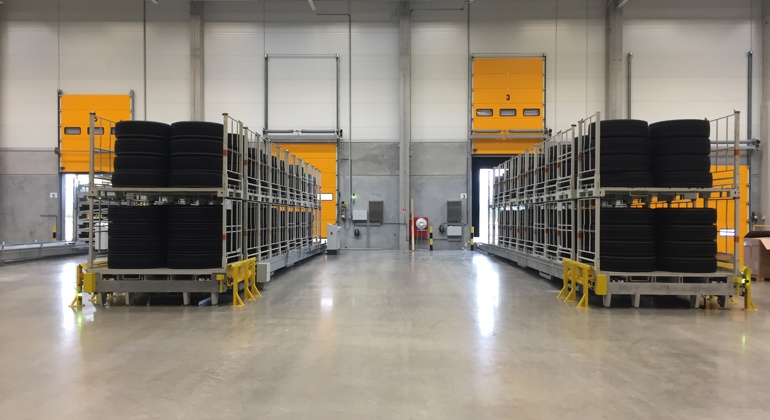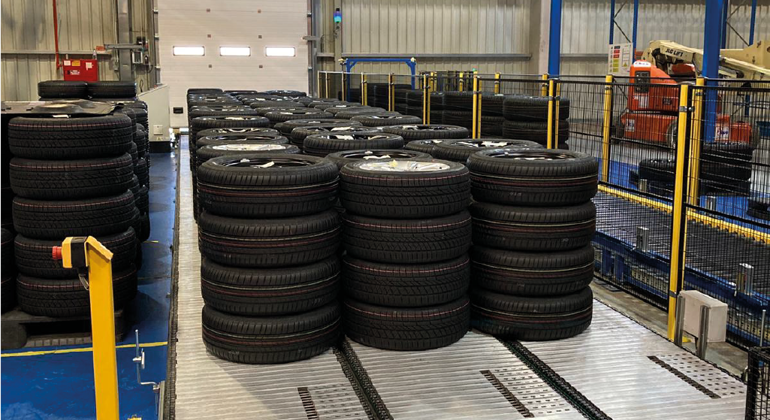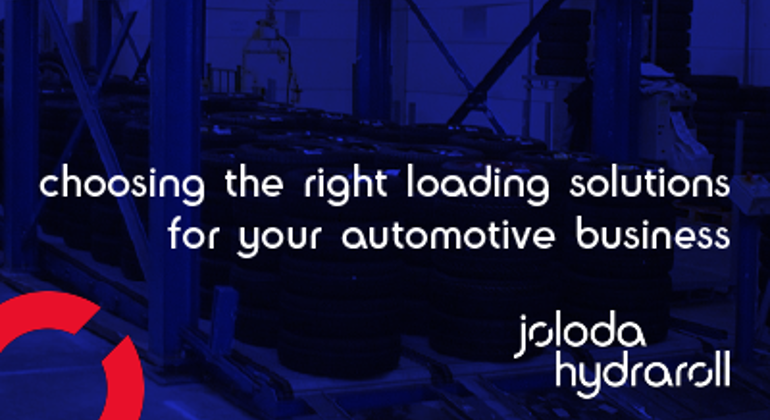Challenger brands in the automotive market are introducing innovation at every stage of the manufacturing process.
From electric vehicle (EV) design to mega-production plants, these businesses are achieving new levels of efficiency and automation, prompting the rest of the market to invest fast to keep up.
Within the supply chain, automated loading and unloading of components is one example of how automotive companies are reducing cost and risk. Still, Tier 1 suppliers are asking why every Original Equipment Manufacturer (OEM) has a different set of demands for component storage and transport.
Why add complexity to a market already struggling with supply chain disruption, inflation and unpredictable demand?
Book a FREE Loading Assessment
Learn how to make the loading process safer and more efficient with a no-obligation assessment...
BOOK NOW



